
(1) The operating voltage of the single battery is as high as 3.7V, which is a nickel -cadmium battery, three times that of nickel -metal hydride batteries, and nearly 2 times the lead -acid batte
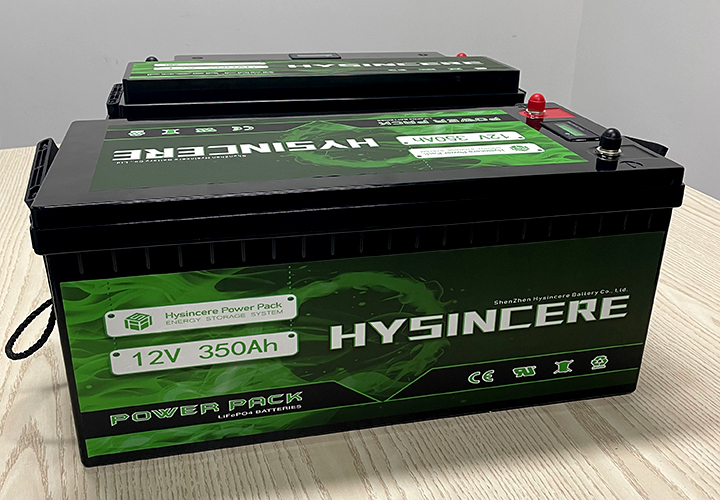
(1) It is especially suitable for power batteries. In addition to the high voltage of lithium batteries, due to the protective board of the lithium -power battery pack, it can monitor high -precis
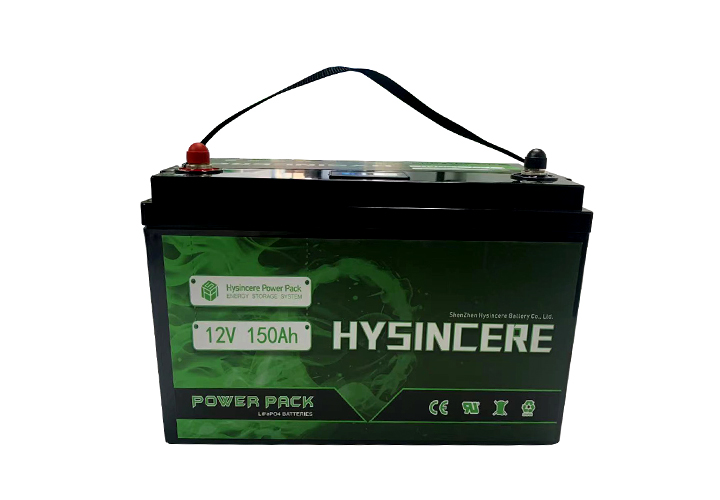
Lithium -power batteries usually have two shapes: cylindrical and rectangular types. The internal battery is used in a spiral winding structure, and a polyethylene film isolation material with a v
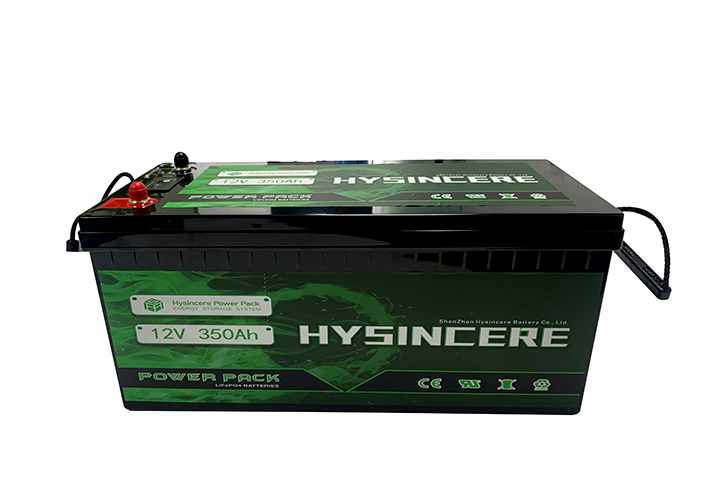
With the development of microelectronics technology in the 20th century, small -scale equipment has increased, and high requirements have been put on power supply. Lithium -power batteries have en
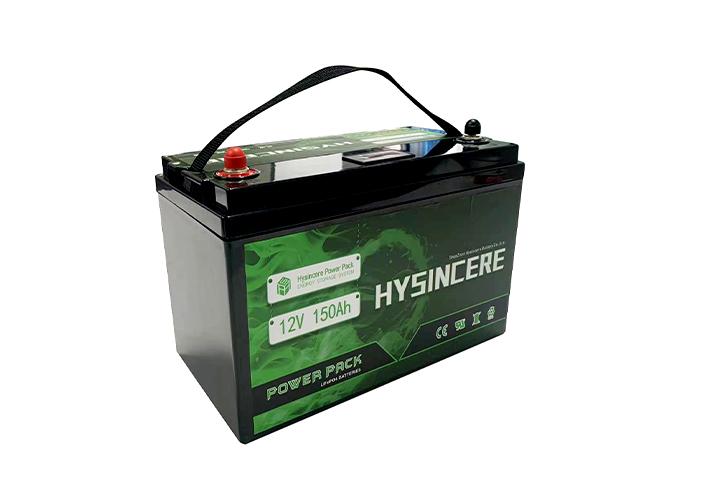
1. There is no battery leakage problem, and the battery does not contain liquid electrolyte inside, using colloidal solids. 2. Can be made into a thin battery: with a capacity of 3.6V400mAh, its

The electromotive force is the difference between the equilibrium electrode potentials of two electrodes. Take Lead–acid battery as an example, E= Ф+ 0- Ф- 0+RT/F * In( α H2SO4/ α H2O). Among the
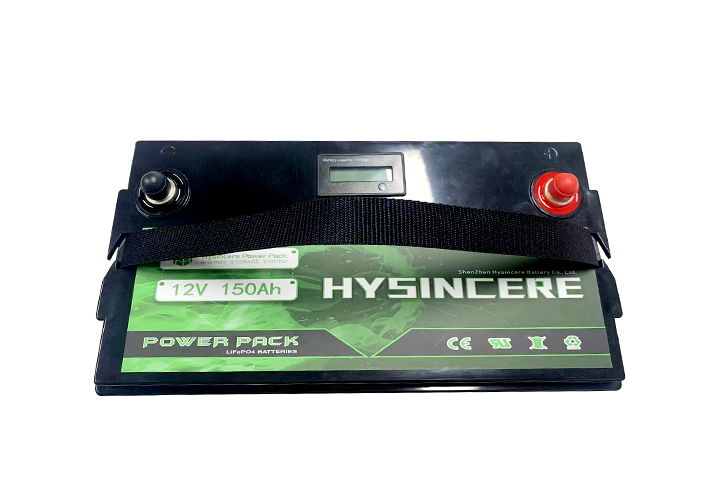
The minimum capacity that a battery should be able to discharge under design specified conditions (such as temperature, discharge rate, termination voltage, etc.), in amperes per hour, represented
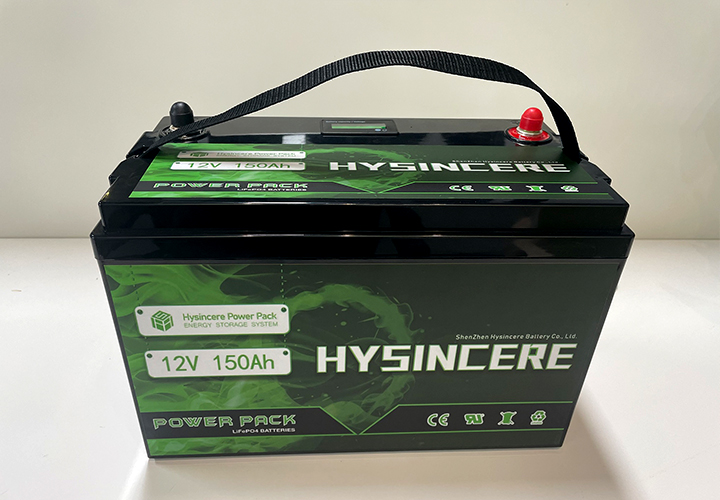
The increase in voltage can bring more capacity to the battery, longer battery life for terminal devices, and enhance the signal strength of communication devices. Taking the Samsung NOTE2 battery

The so-called battery cell refers to a single electrochemical cell containing positive and negative electrodes, which are generally not directly used. Unlike batteries that contain protective circ
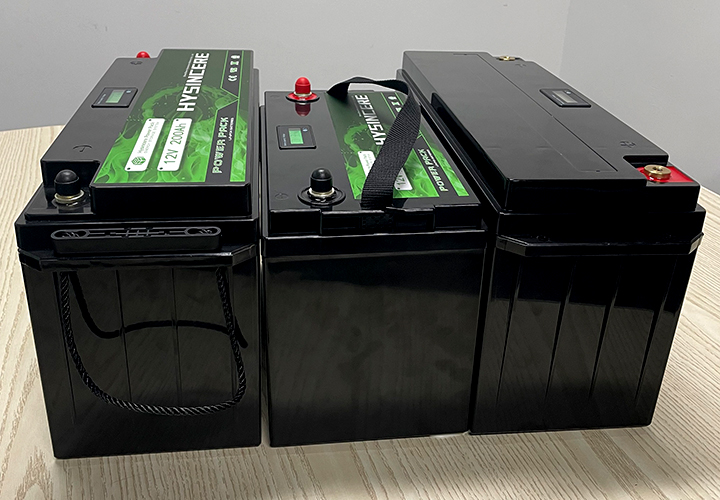
Lithium ion batteries can be divided into solid electrolyte lithium batteries and liquid electrolyte lithium batteries based on different electrolyte materials. Solid electrolyte lithium batteries